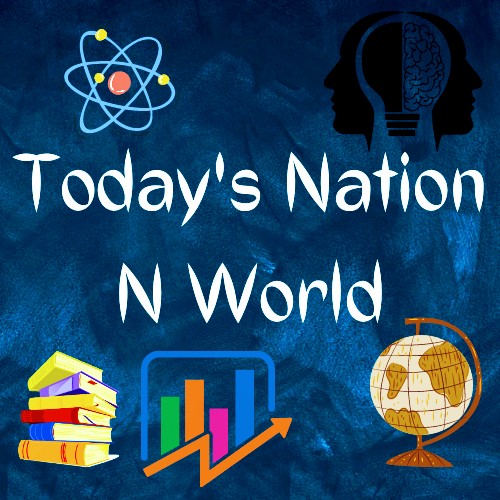Current affairs 2025
जानेवारी १६, २०२५
Weekly Current Affairs (Jan 8 - Jan 14, 2025): Key Highlights
Weekly Current Affairs (Jan 8 - Jan 14, 2025): Key Highlights
Stay updated with the major political, economic, and international developments from the past week. Here’s a concise and engaging roundup of the most significant events that shaped the week, with a focus on India and the world.
Political Developments
India: Parliamentary Updates
- The Indian Parliament held discussions on the upcoming Union Budget 2025, focusing on reforms in the education and healthcare sectors.
- Debates around the Women’s Reservation Bill gained traction, signaling progress in gender equality.
International Politics
- The United Nations adopted a resolution on Global Cybersecurity Collaboration, with India being a key supporter.
- Iran and Saudi Arabia announced a new trade pact, signaling improved relations in the Gulf region.
SEO Keywords:
- India parliamentary updates
- Women’s Reservation Bill 2025
- Global cybersecurity news
International Summits
ASEAN Summit 2025
- The ASEAN Summit in Jakarta highlighted the importance of renewable energy cooperation in Southeast Asia.
- India pledged support for solar energy projects across ASEAN nations.
Climate Change Discussions
- At the Global Climate Action Forum in Geneva, India reaffirmed its commitment to achieving net-zero emissions by 2070.
- The forum emphasized climate financing for developing nations, a key demand led by India and South Africa.
SEO Keywords:
- ASEAN Summit 2025 highlights
- Global climate action updates
- India renewable energy news
Awards and Recognitions
Science and Technology
- Indian scientist Dr. Meera Sharma received the Global Innovation Award for her breakthrough in sustainable battery technology.
- The Nobel Peace Prize Laureate Panel praised India’s efforts in clean energy initiatives.
Arts and Culture
- Renowned Indian filmmaker Rajiv Menon won the Best Director Award at the Berlin International Film Festival 2025.
SEO Keywords:
- Indian scientist awards 2025
- Global Innovation Award 2025 winner
- Indian filmmaker international awards
Economic Updates
India
- The RBI’s latest monetary policy report projected inflation to drop to 4.2%, bringing relief to the common man.
- Discussions around the Union Budget hinted at increased allocations for green infrastructure projects.
Global
- The World Bank revised its global growth forecast to 2.8% for 2025, citing economic recovery in developing countries.
- The European Union announced a €1 billion investment in artificial intelligence and robotics.
SEO Keywords:
- India inflation updates 2025
- Union Budget 2025 predictions
- World Bank global growth forecast
Why This Matters
This roundup provides a concise overview of critical developments in politics, economics, and global issues. By staying informed, readers can better understand how these events impact their lives and careers.
.png)













.png)






